1756
Dyrehavsbakken in Denmark is re-opened to the public by Frederick V, after a period of private use by the royal family. First opened in 1583, Bakken is the world’s oldest operating amusement park.
Dyrehavsbakken in Denmark is re-opened to the public by Frederick V, after a period of private use by the royal family. First opened in 1583, Bakken is the world’s oldest operating amusement park.
British Army officer Thomas Davies becomes the first man to survey Niagara Falls, painting the first eyewitness watercolour of the falls.
Scottish engineer, James Watt, revolutionises the steam engine, helping to bring about the beginning of the industrial revolution and advances in shipping power.
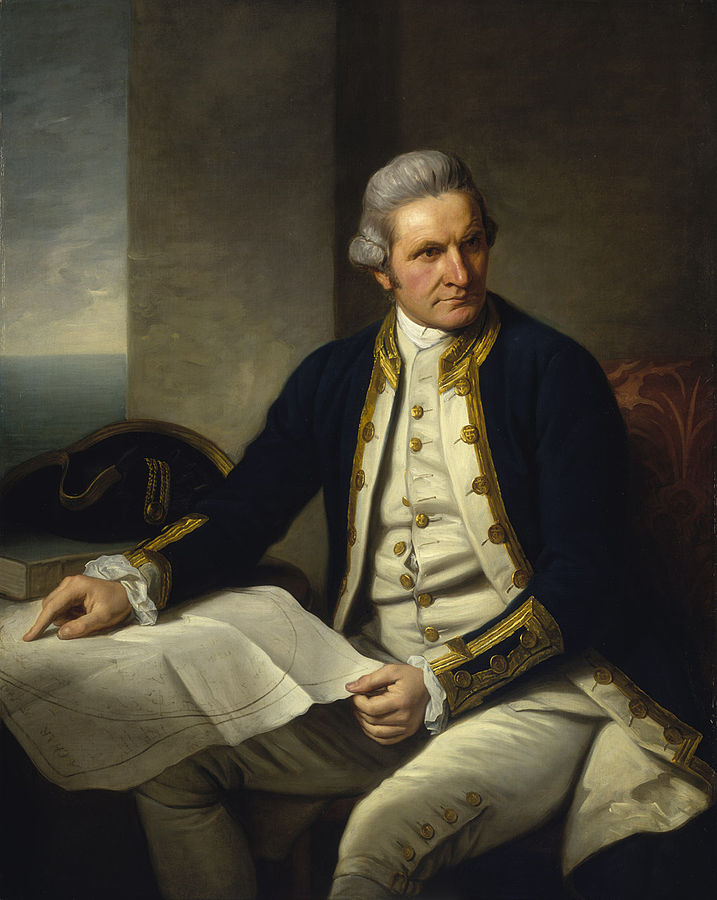
Captain James Cook sails around both islands of New Zealand, proving that they are not part of the perceived land mass Terra Australis Incognita.
Captain James Cook discovers the eastern coast of Australia between Cape Howe and Cape York.
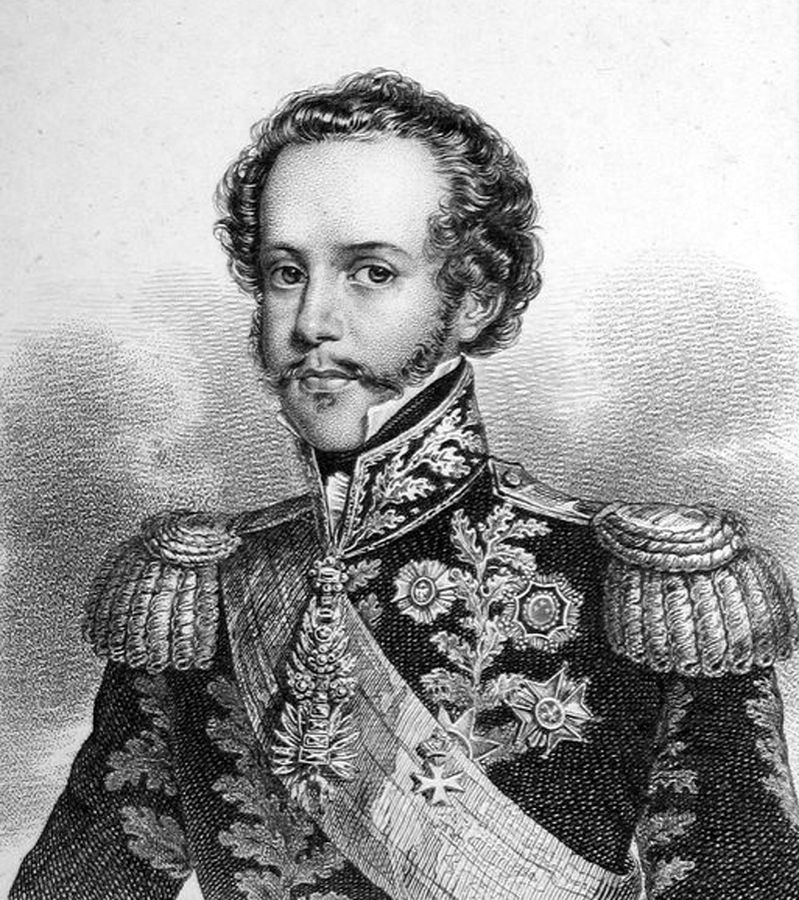
Lieutenant Governor of the Californias, Pedro Fages discovers the Sierra Nevada mountain range.
Captain James Cook is the first to cross the Antarctic Circle.
Queen Charlotte Islands, Dall Island and Vancouver Island are discovered by Spanish explorer Juan Peréz on an exploratory voyage along the northern Pacific coast for the Spanish Empire.
The mouth of the Columbia River is discovered by Spanish explorer Bruno de Heceta y Dudagoitia on his second Pacific expedition.
The American War of Independence is fought between Great Britain and the colonies in North America. British forces under General Cornwallis surrender at Yorktown and the United States of America begin to govern themselves as an independent nation.
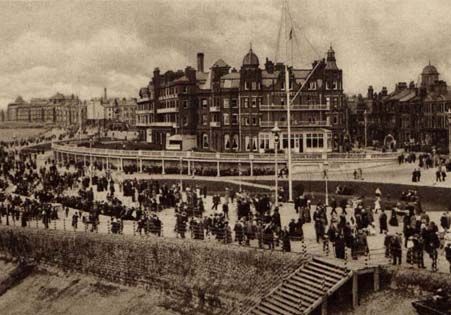
Lawrence Bailey starts work on Blackpool’s only shoreline hotel, now called the Grand Metropole Hotel. The hotel opens with 34 bedrooms, three dining rooms and a coffee lounge and is one of only four hotels in the fledgling resort.
Utah Lake is discovered by Spanish explorers Francisco Atanasio Dominguez and Silvestre Vélez de Escalante as they follow the Rio Grande northwards. They are looking for an overland route from Santa Fe to Monterey.
Captain James Cook discovers Hawaii and the Christmas Islands.
Captain James Cook explores the coastline of Alaska as far as Icy Cape.
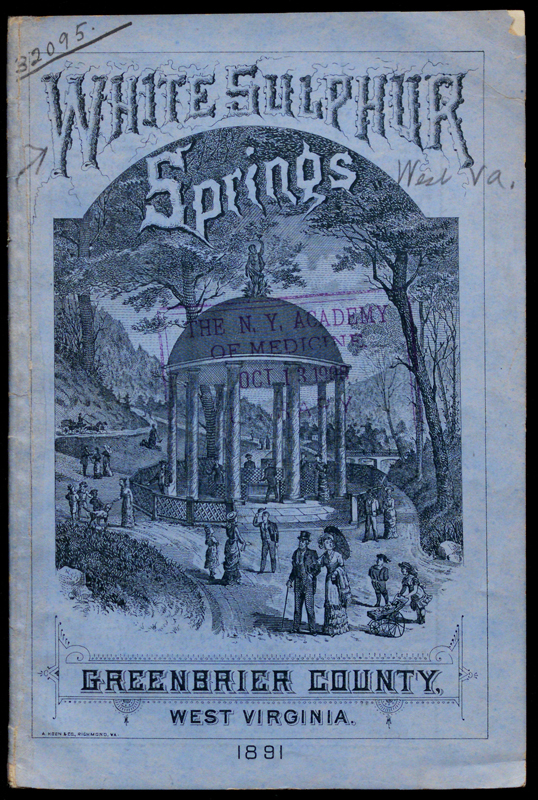
White Sulpher Springs, West Virginia, becomes a popular health resort with claims that the waters can be used to cure various complaints such as rhuematism, indigestion, fevers and 'female complaints'.
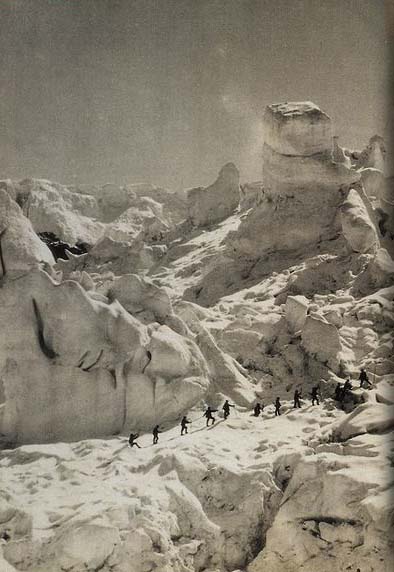
Michel-Gabriel Paccard and Jacques Balmat complete the first successful summit of Mont Blanc, the highest mountain of the Alps.
The first successful trial of a steamboat is completed by John Fitch on 22 August on the Delaware River.
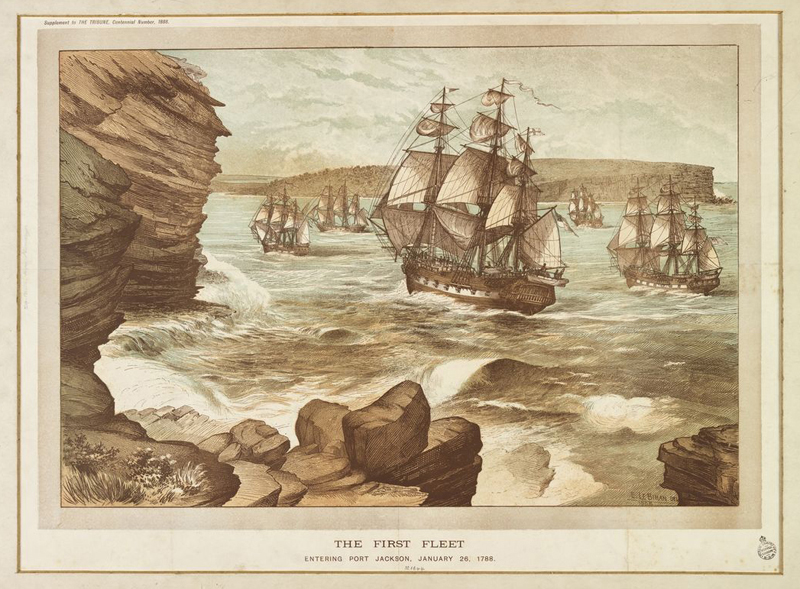
Captain Arthur Phillip and the 'First Fleet' arrive in Botany Bay on the coast of Sydney, Australia intending to establish the first penal colony in New South Wales.
King George III bathes at Weymouth, making the 'seaside holiday' a legitimate pastime for the British public.
The French Revolution sweeps away aristocratic privilege and the monarchy. King Louis XVI is guillotined on 21 January 1793 and the 'Reign of Terror' begins.
Oregon, Washington, the Alaska Panhandle and the coast of British Columbia are charted by Captain George Vancouver and British Naval officers William Broughton, Peter Puget, James Johnstone and Joseph Whidbey.
The first modern zoo is built in Paris, comprising of the menageries of French aristocrats and royalty taken by leaders of the French Revolution and relocated to the Ménagerie du Jardin des Plantes.
The Union Public Hotel in Washington D.C. becomes the first American building to officially be called a 'hotel'.
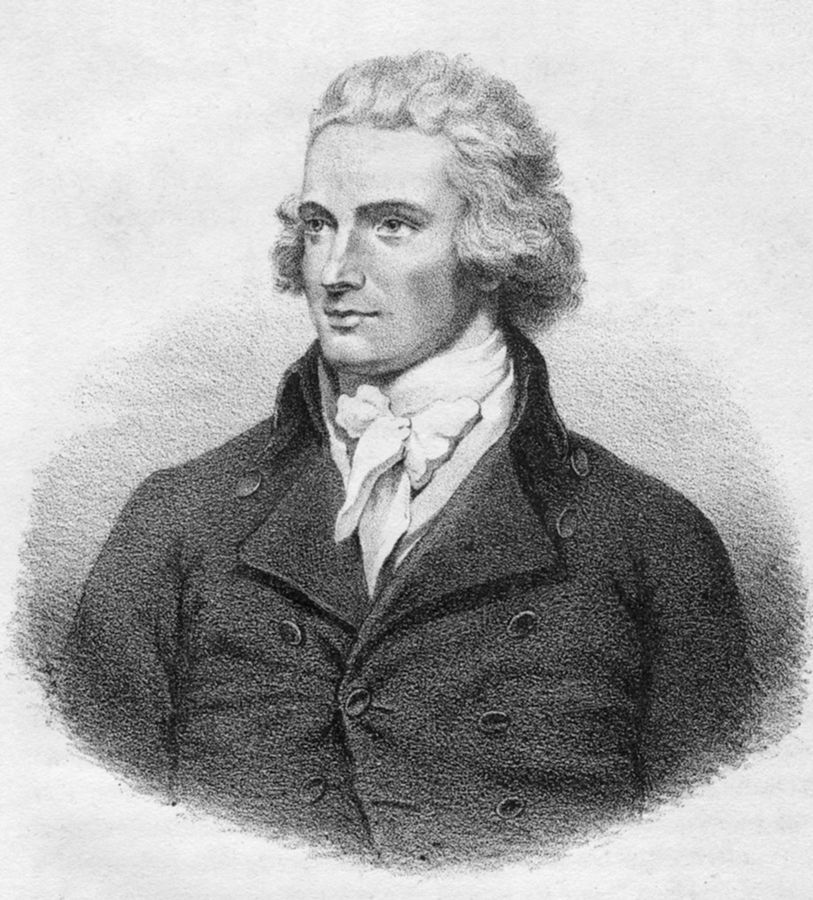
Explorer Mungo Park reaches the upper Niger river in western Africa.
British naval surgeon George Bass explores the area from Cape Howe to Western Port in Australia and discovers the Bass Strait. This stretch of water between Australia and Tasmania will cut the journey time of shipping, but not without considerable risk to life.
Captain Matthew Flinders and British naval surgeon George Bass circumnavigate Tasmania.
British navigator James Grant charts the Australian coastline from Cape Banks to Cape Otway.
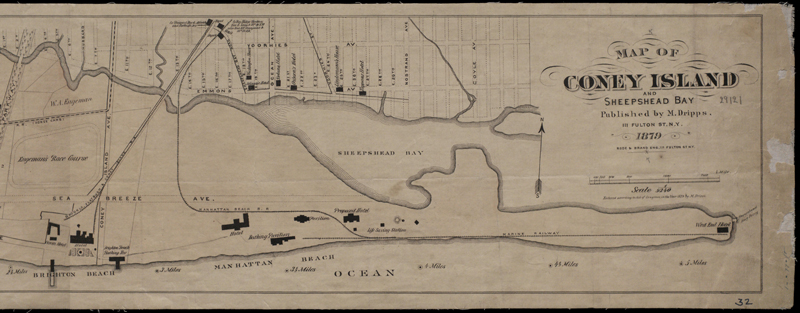
The Sheepshead Bay Race Track opens on Coney Island.
The population of Blackpool is less than 500.
Explorer John Murray discovers Port Phillip Bay in southern Victoria, Australia.
Captain Matthew Flinders circumnavigates Australia, charting much of the coastline in Southern Australia.
The United States acquire 828,000 square miles of Louisiana territory from France for $15,000,000. This contains land from modern-day Arkansas, Missouri, Iowa, Oklahoma, Kansas, Nebraska and a portion of Minnesota west of the Mississippi.
Great Britain fights the Napoleonic Wars against Napoleon and France. Napoleon is defeated in 1814 and sent into exile on the island of Elba. He escapes captivity and returns to power, only to be finally routed at the Battle of Waterloo on 18 June 1815.
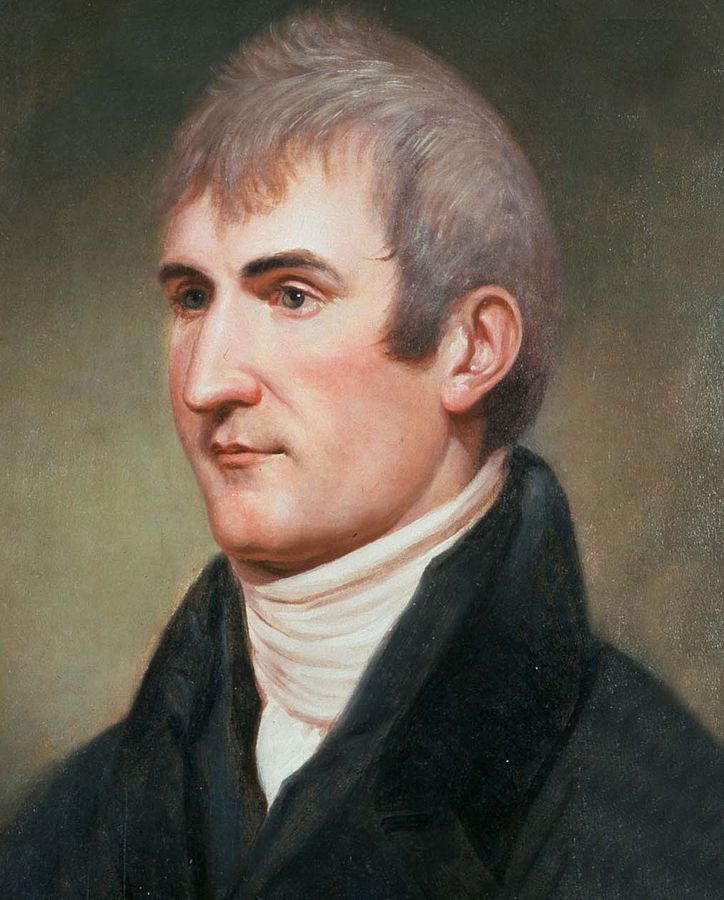
Meriweather Lewis and William Clark explore the territory gained from the Louisiana Purchase to claim the Pacific Northwest and Oregon County for the United States. The pair follow the Missouri river, cross the Continental Divide to Idaho and descend to the Columbia river before returning on separate routes. This will be later known as the 'Lewis and Clark Expedition'.
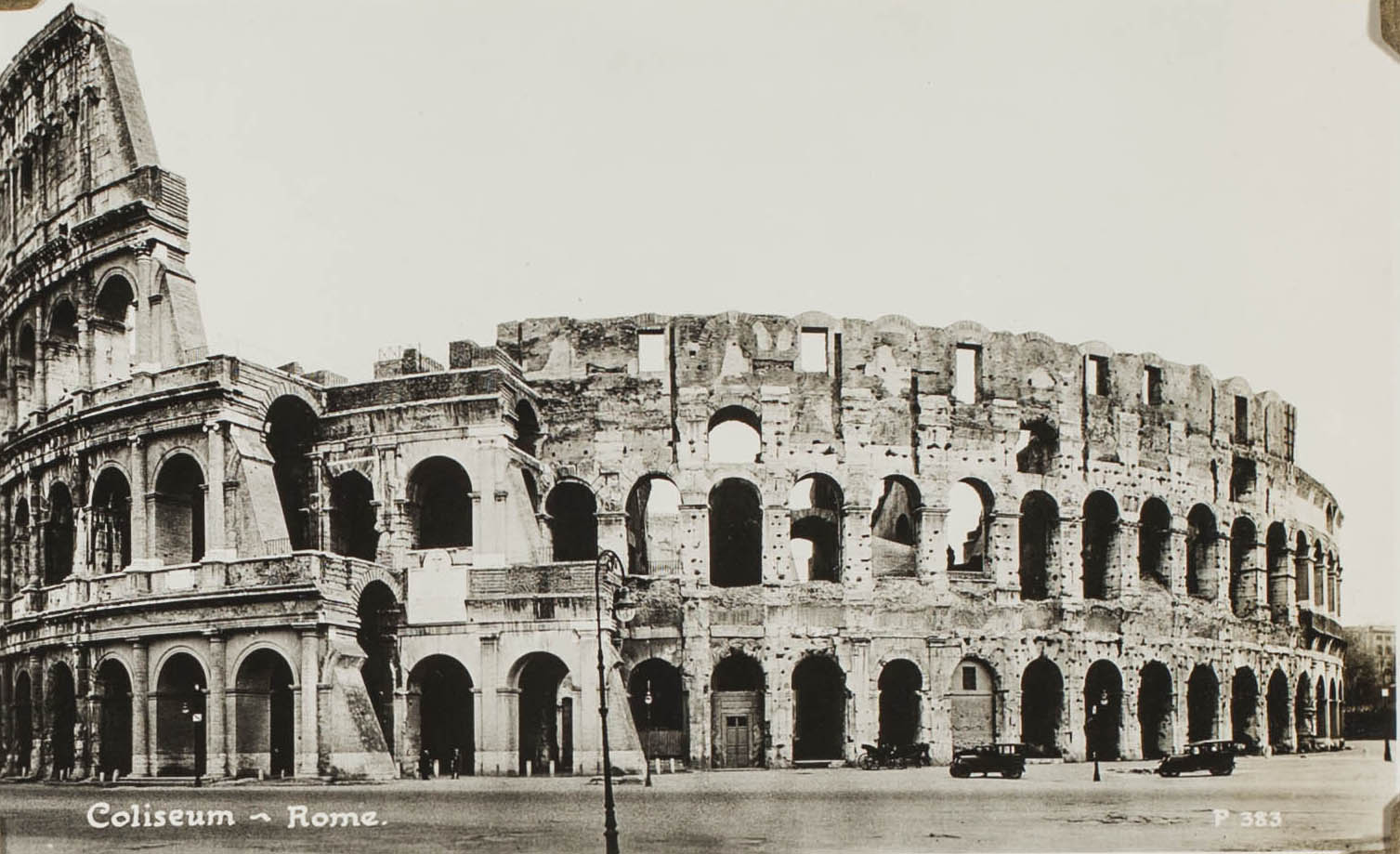
Restoration work begins on the Colosseum in Rome and continues sporadically into the twentieth century, under the initial belief propagated by various Papal authorities that it was a place of Christian martyrdom.
The Clermont, built by Robert Fulton, becomes the first commercially successful steamboat. It sails from New York City to Albany and takes 32 hours to complete the 150 mile trip.
Scottish explorer and fur trader Simon Fraser reaches the mouth of the Fraser River at the Strait of Georgia, British Columbia, Canada.
American fur trader Robert Stuart is the first person to tread the 'Oregon Trail', discovering South Pass in the Rocky Mountains.
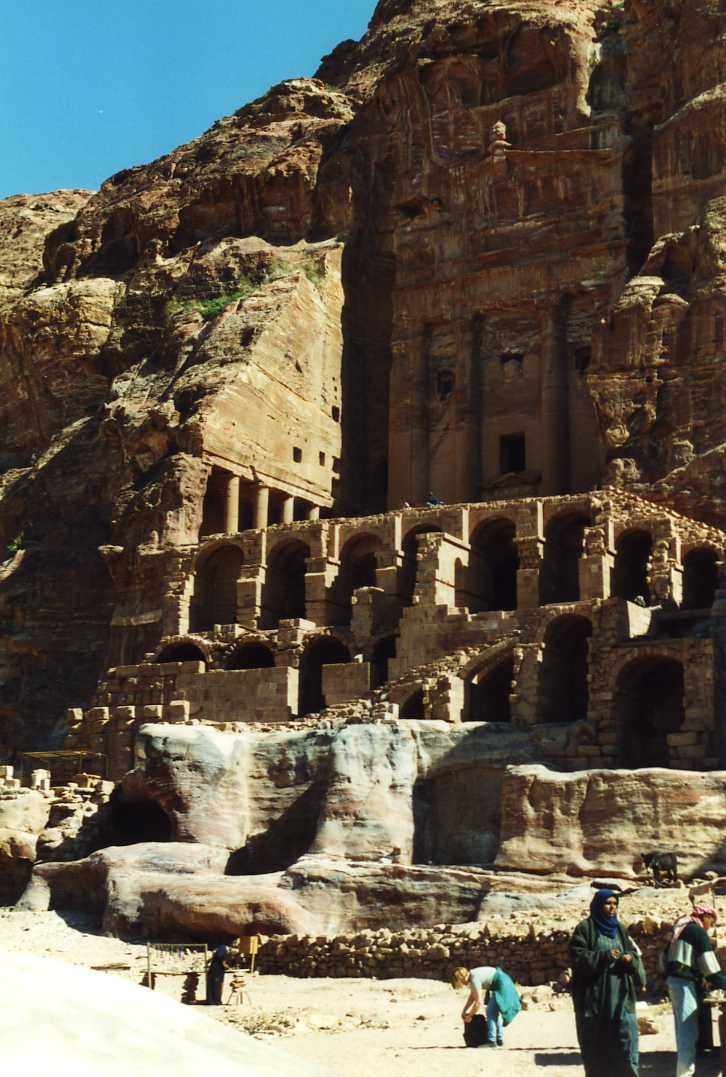
Johann Ludwig Burckhardt is the first Westerner to discover the ancient city of Petra in Jordan. It becomes a much visited tourist site.
The War of 1812 is fought between the United States and Great Britain. Primarily fought at sea, the United States declare war on Britain due to increasing trade restrictions and the pressing of American merchant sailors into the Royal Navy during the Napoleonic Wars.
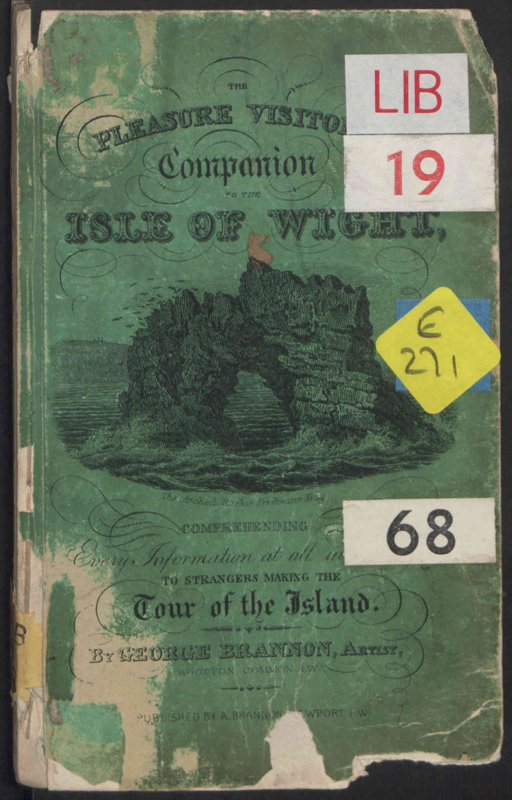
The first British pier is built on the Isle of Wight.
This decade sees the introduction of new and more benign medicinal practices such as homeopathy, electromagnetism and hydrotherapy. In turn, the benefits of exercise, hygiene and fresh air begin to be advocated, leading to an increase in people seeking environments which could improve their health, such as natural springs.
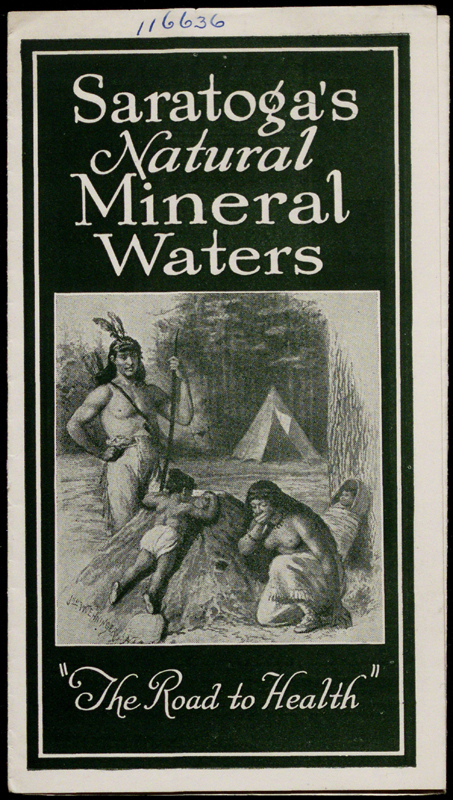
Saratoga Springs, NY, becomes a popular health resort due to claims that the mineral waters could cure all manner of ills; from gout and rheumatism to gall stones, diabetes and anaemia.
Lake Chad is sighted for the first time by European explorers Dixon Denham, Walter Oudney and Hugh Clapperton.
The Pilgrim Hall Museum is established in Plymouth, Massachusetts and becomes the oldest continually operating museum in the United States. It tells the Plymouth settlement story.
Great Salt Lake in Utah is discovered independently by Canadian fur traders Peter Skene Ogden and Étienne Provost and American guide James Bridger, as American pioneers expand westwards.
Much of the Alaskan coastline is charted by British naval officer Frederick William Beechey.
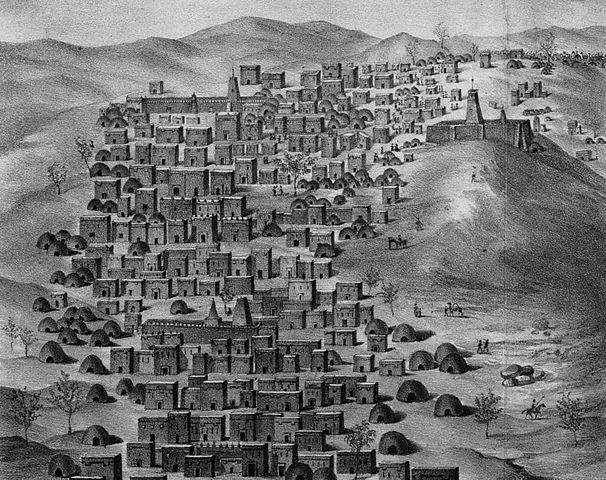
British explorer Major Alexander Gordon Laing becomes the first European to reach the city of Timbuktu in Mali. He is killed days later. René Caillié would conduct the same trip two years later and became the first European to return alive.
Joseph Nicephore Niepce produces the first photographic image using a camera obscura.
American frontier explorer Jedediah Smith crosses the Sierra Nevada and the Great Basin.
Tremont House is designed and built by Isaiah Rogers in Boston, Massachusetts. The first deluxe hotel built in Boston, it becomes famous for its several innovations, including indoor plumbing, indoor toilets and baths, a reception area, locked rooms for guests, free soap, bell boys and an "à la carte" menu. Famous guests include Charles Dickens, Andrew Jackson, John Tyler, Daniel Webster and Davy Crockett.
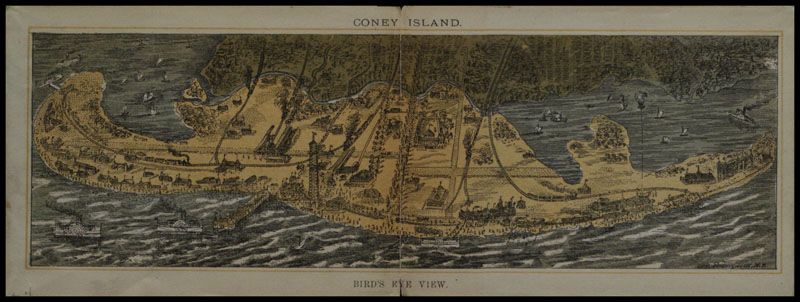
The idea of Coney Island as a resort starts with the building of the Coney Island Hotel.
Coney Island is linked to Brooklyn by the building of the Shell Road.
The world’ longest pleasure pier is opened in Southend-on-Sea. It stretches some 1.33 miles (2.14 km) from shore.
Philadelphia physician John Bell publishes his 'Treatise on Baths and Mineral Waters', discussing the medicinal benefits of thermal and mineral waters.
Holt’s Hotel in New York City is opened. At six stories high, the hotel is the first to provide its guests with a steam-driven elevator lift for guests’ luggage.
Russian explorers Andrei Glazunov and Semyon Lukin reach the mouth of the Yukon River in British Columbia, Canada.
L'Hôtel des Bergues is built on the shore of Lake Geneva, in Switzerland. The hotel is now owned and operated by hotel chain Four Seasons, and is their only hotel in Switzerland.
The Great Western Railway company is created to build a railway line between Bristol and London.
The Liverpool and Manchester Railway opens, closely followed by the London and Birmingham Railway.
The first telegram is sent in the United States on 11 January. It is in morse code.
The London and South Western Railway opens, extending into Devon and Cornwall from London Waterloo.
Louis Daguerre expands on the work of Joseph Nicephore Niepce by creating the daguerreotype, a forerunner to the modern camera.
The London and Croydon Railway and London and Brighton Railway become the London, Brighton and South Coast Railway.
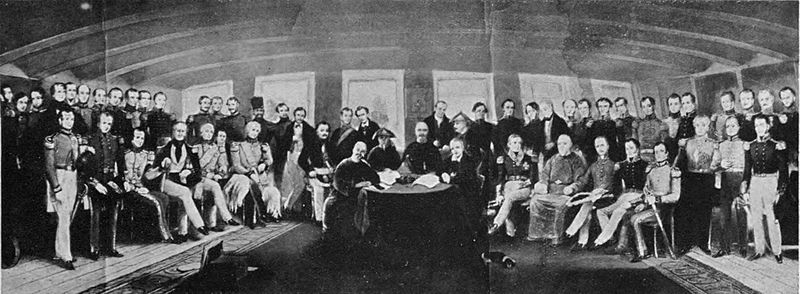
Anglo-Chinese disputes over British trade in China and China's sovereignty culminate in the First Opium Wars. At the concluding Treaty of Nanjing, China cedes Hong Kong to Britain in perpetuity.
American naval officer Charles Wilkes maps 1,500 miles of the Antarctic coast, proving that Antarctica is a continent.
The first known picture postcard is sent from London to Theodore Hook, depicting a caricature of workers in a post office. He is believed to have sent it to himself as a practical joke.
The railway arrives in Blackpool.
London to Brighton railway line opens. The journey between London and Brighton takes 1 hour and 45 minutes.
The 'Bayerischer Hof' opens in Munich. The hotel is almost completely destroyed by bombs in 1944, with only the hall of mirrors left intact. In 1945, the hall of mirrors is used to host Munich’s first post-war restaurant.
Thomas Cook begins his international travel company on 5 July with a one-day rail excursion from Leicester to Loughborough.
The Hotel des Anglais (later renamed Shepheard’s Hotel) opens in Cairo, Egypt. Rebuilt on the site of an ancient city-centre harem, the hotel becomes Cairo’s leading luxury hotel. During the First World War, the hotel serves as the British Headquarters for the Near East. The hotel burns down in 1952.
Frances Graeter publishes 'Hydriatics, or The Cold Water Cure: especially as practiced by Vincent Priessnitz in Graefenberg' in support of hydrotherapy as a method of improving health and curing disease.
The l'Hôtel des Trois Couronnes is built on the ruins of the Belles Truches castle in Vevey, Switzerland.
Chemin du Centrifuge, the world’s first looping gravity railway is exhibited at Frascati Gardens, Paris.
Launched on 19 July, SS Great Britain becomes the first iron hulled, propeller driven steamship.
John Lloyd Stephens publishes his book 'Incidents of Travel in Yucatan' and consequently popularises the Maya Yucatán as a tourist destination. This includes Chichen Itza, which soon becomes one of the most visited archaeological sites in Mexico.
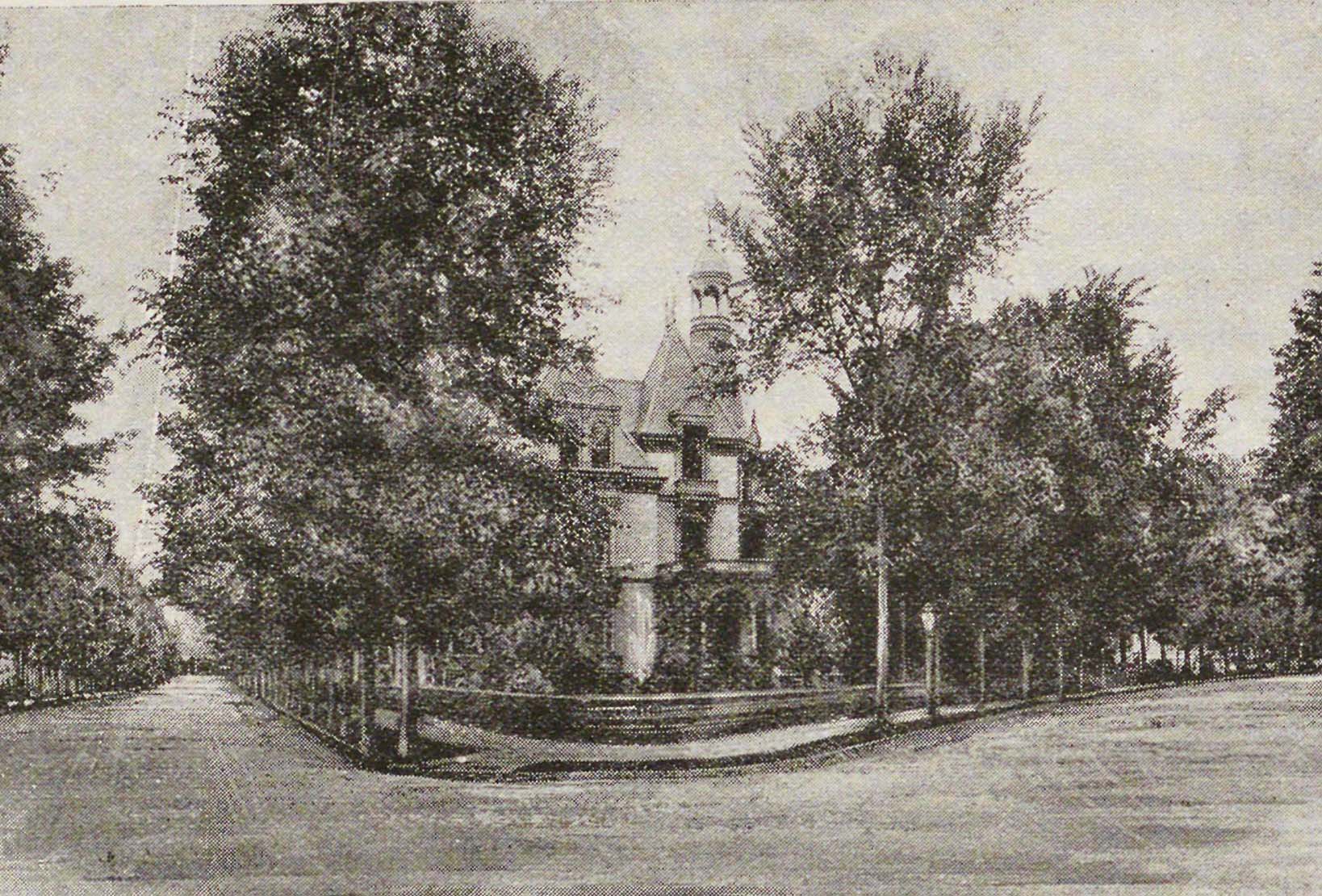
The Inn at Saratoga opens, and remains the oldest operating hotel in historic Saratoga Springs, New York.
Designed as an amusement park and pleasure garden, Tivoli Gardens in Denmark opens to the public. Its famous wooden roller coaster, Rutschebanen, is built in 1914 and is still in use today.
P&O introduces their first passenger cruising service, offering tours from Southampton to Gibraltar, Malta and Athens.
The Midland Railway forms after the merger of the North Midland Railway, the Midland Counties Railway and the Birmingham and Derby Junction Railway.
Inventor Samuel Colt builds an observation tower on the peninsula of Coney Island but quickly abandons the project.
Thomas Cook organises his first trip for profit, a railway journey to Liverpool from Leicester, Nottingham and Derby. Passengers can pay slightly more to travel by special steamer to North Wales.
A branch rail line to Blackpool, from the main Preston to Fleetwood line, is opened. Talbot Road Station (now called Blackpool North Station) is built and holiday makers start to arrive in their thousands.
Candido José da Costa Cardoso discovers African great lake, Lake Malawi.
Central heating is first used in the Eastern Exchange Hotel, Boston.
Rodrigues Graça makes the journey from Angola to Katanga in the Congo.
The London and York Railway and the Direct Northern Railway come together to form the Great Northern Railway.
The London and North Western Railway is formed, incorporating the London and Birmingham Railway; the Liverpool and Manchester Railway; the Grand Junction Railway and the Manchester and Birmingham Railway.
London Zoo opens its doors to the public in Regents Park. Set up and run by the Zoological Society of London, the park is originally only open to its members, but a drive for funds results in its conversion into the United Kingdom’s first modern zoo.
A ferry line is introduced to Norton's Point on Coney Island, bringing the middle classes to the resort.
The first undersea telegraph cables are laid between Great Britain and France.
The Lancashire and Yorkshire Railway is incorporated, amalgamating the Manchester and Leeds Railway and the East Lancashire Railway.
Portuguese trader António Francisco Ferreira da Silva Porto reaches the upper Zambizi River.
German missionary and explorer Johannes Rebmann becomes the first European to see Mount Kilimanjaro, Tanzania.
English explorers David Livingstone and William Cotton Oswell cross the Kalahari Desert, reaching Lake Ngami in Botswana.
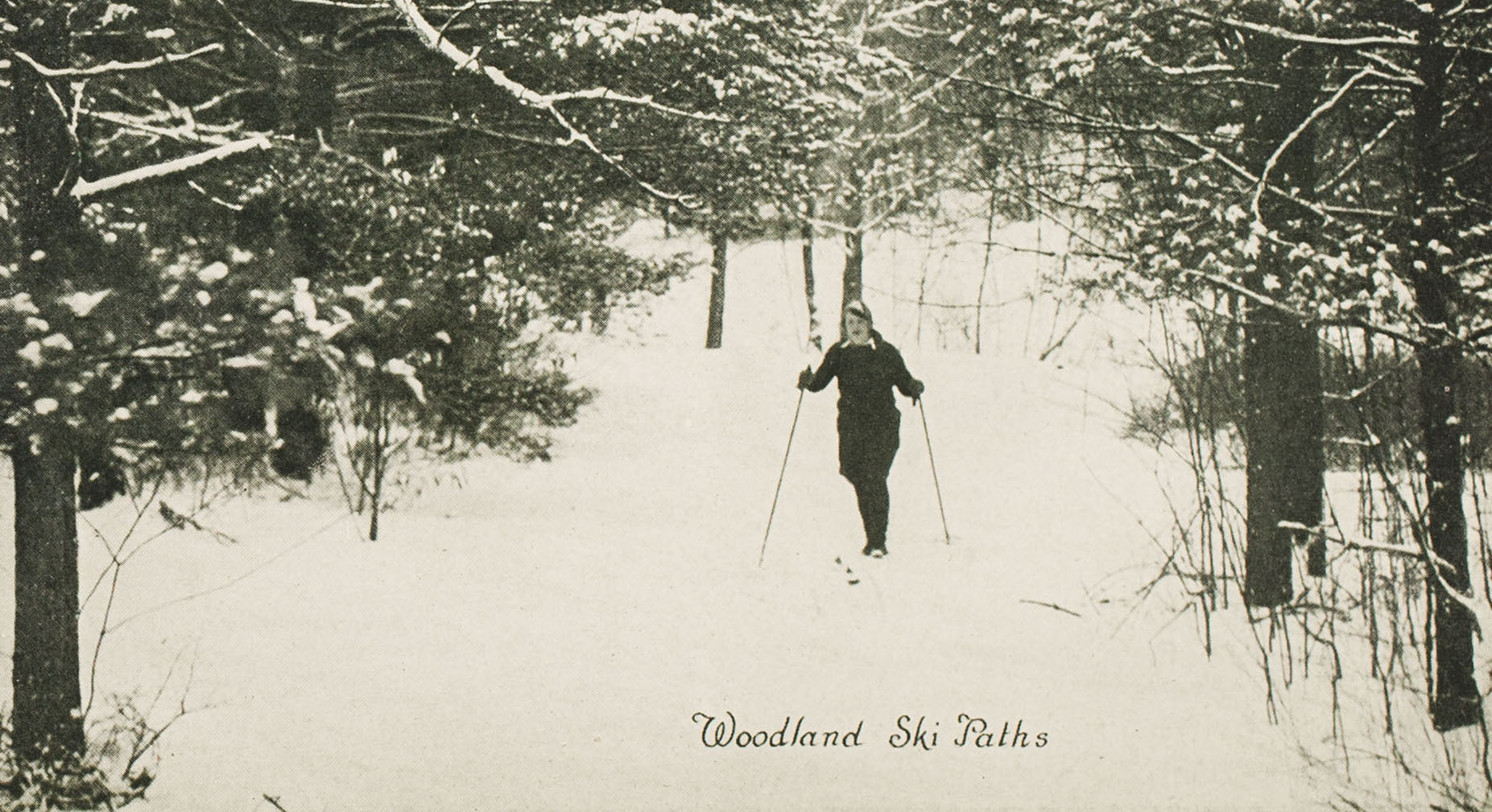
The first public 'ski tour' is organised in Trondheim, Norway.
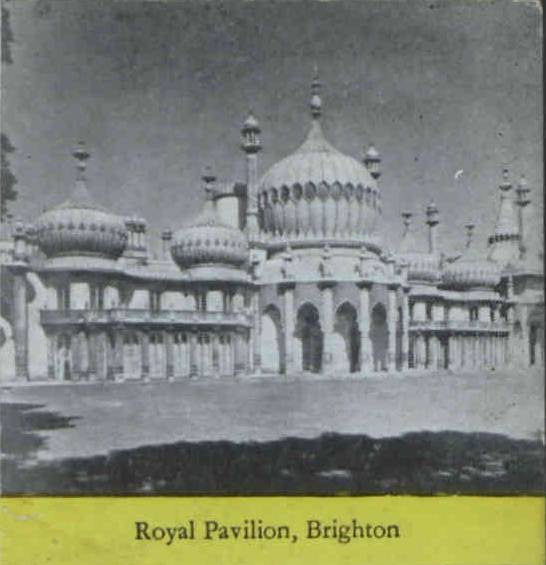
Queen Victoria sells the Royal Pavilion to the Corporation of Brighton for £53,000.
3,000 miles of railway track now exist in Britain.
9,000 miles of railroad are operational in the US.
There are now 70 daguerreotype studios in New York City.
Sondre Norheim of Norway invents the first toe-and-heel binding for skis, allowing skiers to ski down hills without worrying about their skis coming off.
Irish explorer Sir Robert McClure crosses the Northwest Passage through the Arctic Ocean, charting over 1,700 miles of new coastline.
The word 'vacation' starts to be used in America for the first time in both published works and private journals.
The mainstream press begins to report on the health benefits of taking a vacation to rural areas; advice which has previously only been published in medical works and circles.
Japan opens her ports to trade with various countries including Great Britain and the United States. Prior to this only the Dutch have been allowed to trade with Japan.